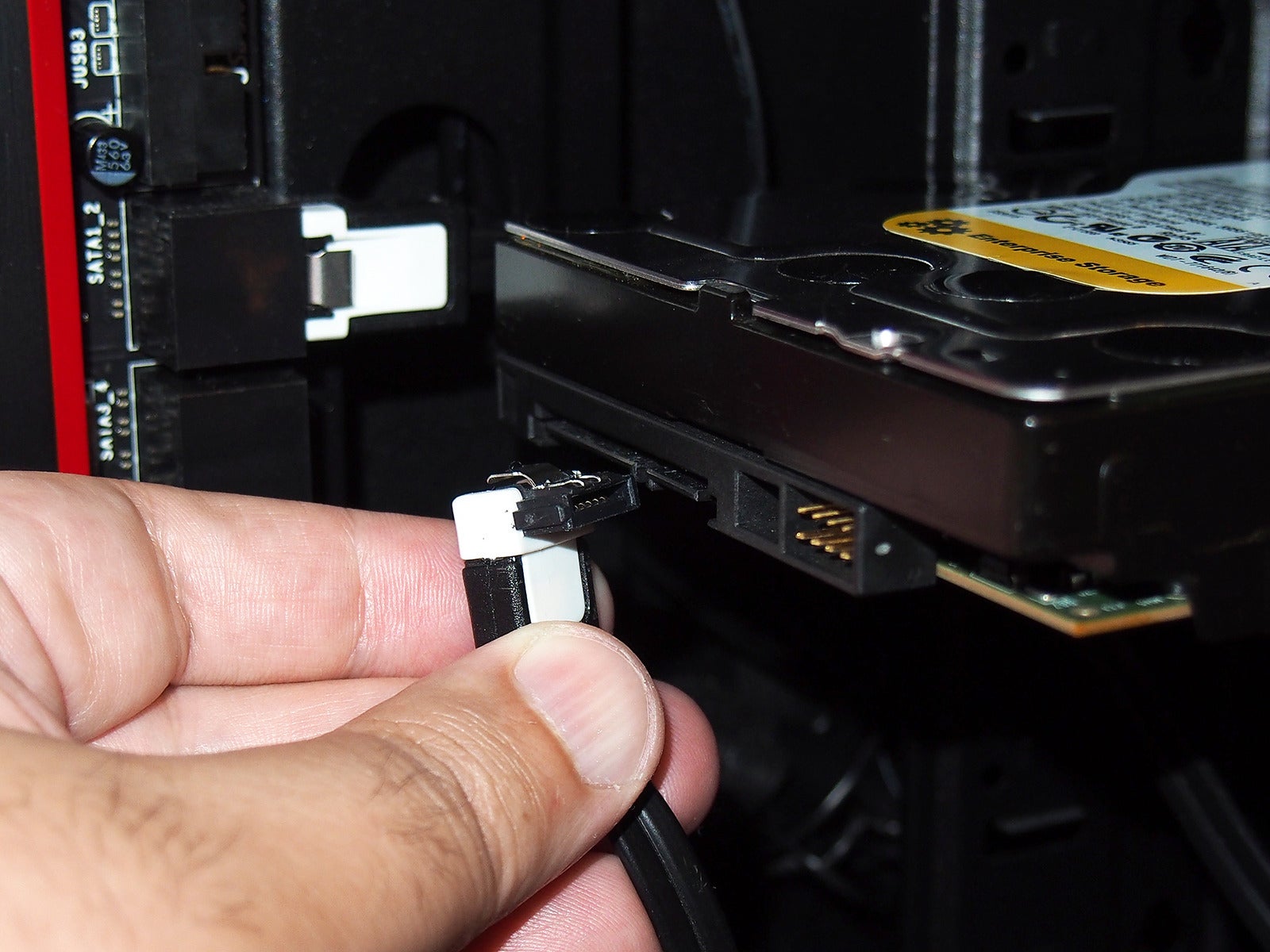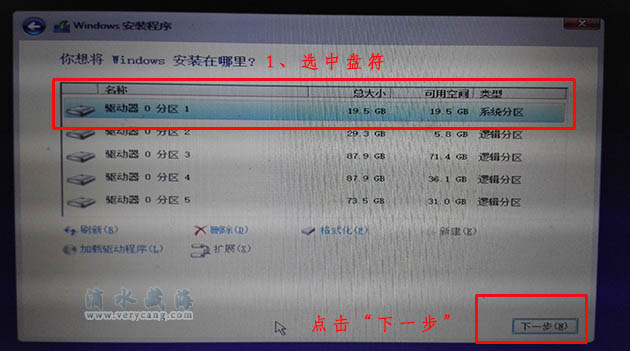Thinstation Hdd Installer

=3D=3D=3D=3D=3D=3D=3D=3D=3D I have tried Booting Thinstation from a Hard Disk using Syslinux (by Patr= ick Steele) from documentation but receive the following error: could not find kernel image: linux Please help. Dec 28, 2007 I am now looking at this more seriously and have today installed it onto a hard drive using syslinux to boot. Rather than using TS-O-Matic to build my images (which seems to be quite slow) I am building them in.
• • • • • This project is maintained by ThinStation is a basic and small, yet very powerful, Open Source operating system supporting all major connectivity protocols: ICA, Spice, NX, ThinClient, Windows terminal services (RDP, via RDesktop/FreeRDP), Horizon View, ThinLinc,,,,, terminal and (No special configuration of the application servers is needed to use ThinStation). ThinStation is mainly intended for schoolroom, office, company or department use, but can be used at home (eg. Download efs img i9300 pitch. For a silent PC in the bedroom that 'runs' XP on your workstation in the back room).
• Open the app, and run the game. It should no longer say “data files needed to download” These are the steps and instructions to install any android games, that come with obb files, or are large in size. • Extract the obb zip file directly to location sdcard/Android/obb/ or Copy Extracted folder com.snkplaymore.android001 to sdcard/Android/obb/ • [NOTE] If the obb folder doesn’t exist, simply create a new folder named obb inside sdcard/Android/ • Launch the game. Juegos de the king of fighter.
While ThinStation is based on Linux, users may actually never see Linux at all. If you decide to connect directly to a Microsoft Windows, Citrix or Unix server, the user will feel that they are running directly on the server. But, you can also have a local Desktop interface (with a local Browser & other tools).
ThinStation supports a Microsoft Windows-only environment and REQUIRES NO UNIX/Linux KNOWLEDGE. ThinStation runs on ordinary PC hardware (32/64 bit i686 class). You may either reuse older computers or save a lot of time on workstation administration. An old Pentium-II with 128 MB RAM or better can be a perfectly useful workstation. And you don't need a hard disk - you can boot off the network and even have a silent workstation. Workstation devices (floppy/HD/CD/USB) and printers (LPT/USB) are supported. ThinStation can be booted from network (e.g.
Diskless) using Etherboot/PXE or from a local floppy/CD/HD/flash-disk, and prebuilt images and a Live CD are available. The thin client configuration can be local or centralized to simplify management.
The latest stable release is Please be aware that not all docs have been updated yet, but all basic concepts apply. To learn more about ThinStation, please • review, • read the, • search through the mailing list archive and even to participate.
Hello SpiceWorks community, Last week I was asking about alternatives about XP and some thin client machines I've got that will need to be worked on. Thanks to some great advice from the SpiceWorks community I was pointed in the direction of ThinStation. I've got a few questions on it because after looking it up I did get quite a bit confused on it. I looked for a 'how-to Set up ThinStation' here, but couldn't find one. Ok, here are the questions, First is really, how many people have used this before? It is easy to set up i understand, but are a lot of people still using it today? While reading the wiki I heard/read a lot of reference to windows server 2000, and 2003, Does ThinStation work with Windows 2008?

The recent news on it kind of dried up in 2012. I can likely assume it will work, but you know what they say when you 'assume' something. It talks about the pre-built images, and configuring the images, do I need to do that before I download the ISO or after? Or do I need to download the ISO to a flash drive, it comes with a file/program that helps configure the ISO, then after I configure it I burn the newly configured ISO to another medium to use for installation/setting up? Rather nervous about trying this. I'm excited to try something new, but, it's something new, at a new job, and I'd really not want to mess it up by missing something or not asking a question I should have asked. I've got other questions, but I can't remember them right now.
I'll likely ask them later on when I do remember them. Maybe they can be answered before I ask them here. It helps if you have an understanding of linux to setup thinstation since that is what it is based on. You really don't need a lot of linux experience but it helps you understand the process.
Just as the first hint, the ISOs you can download are to build the environment to build the thinstation image not the actual thinstation image itself. The best place to start is the. Each image is unique in that you have the options to customize it to your specific hardware. The goal is to get the kernel as small as possible with all of the features you need. The smaller the kernel the faster it boots. Just for some terminology, the kernel is the operating system.